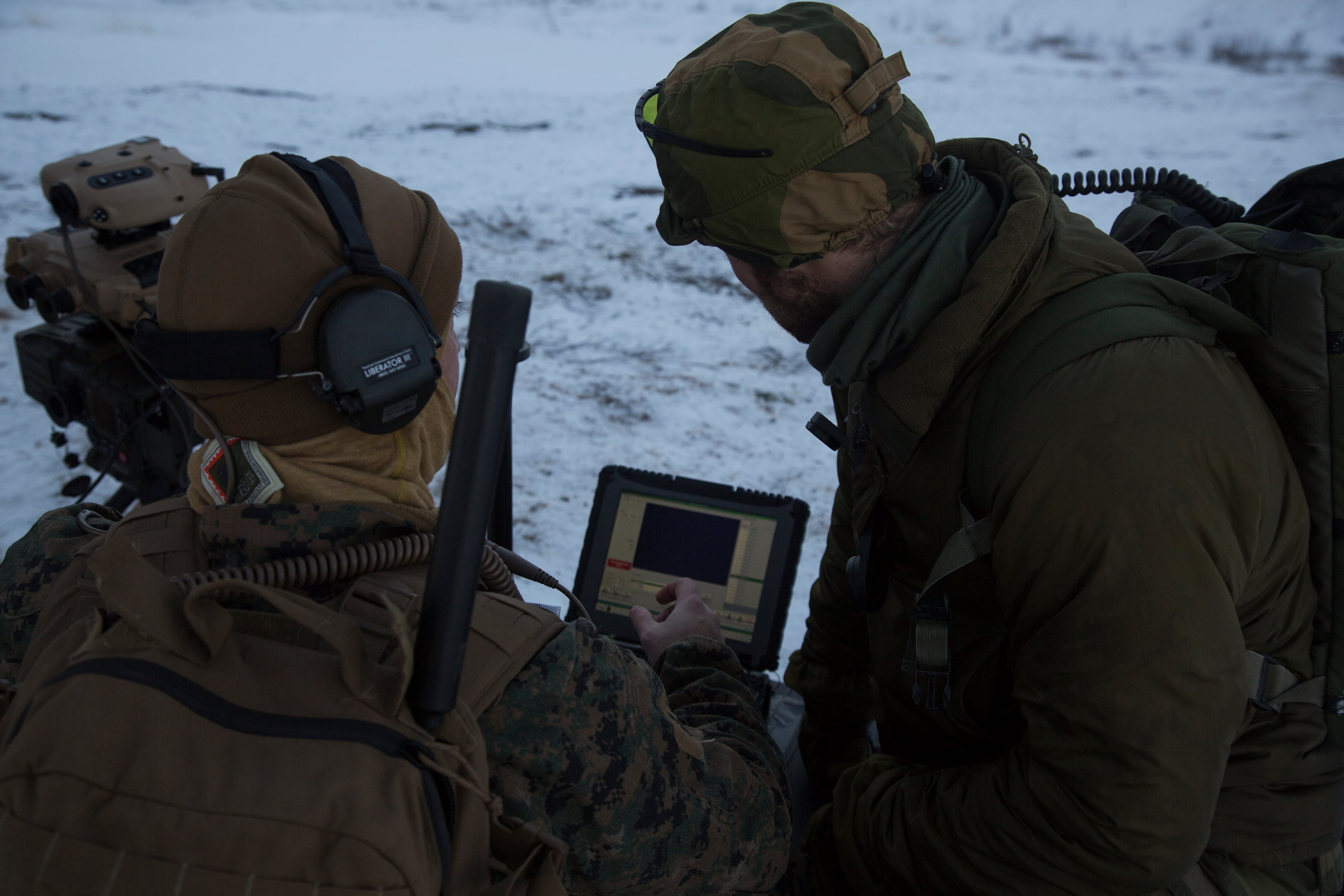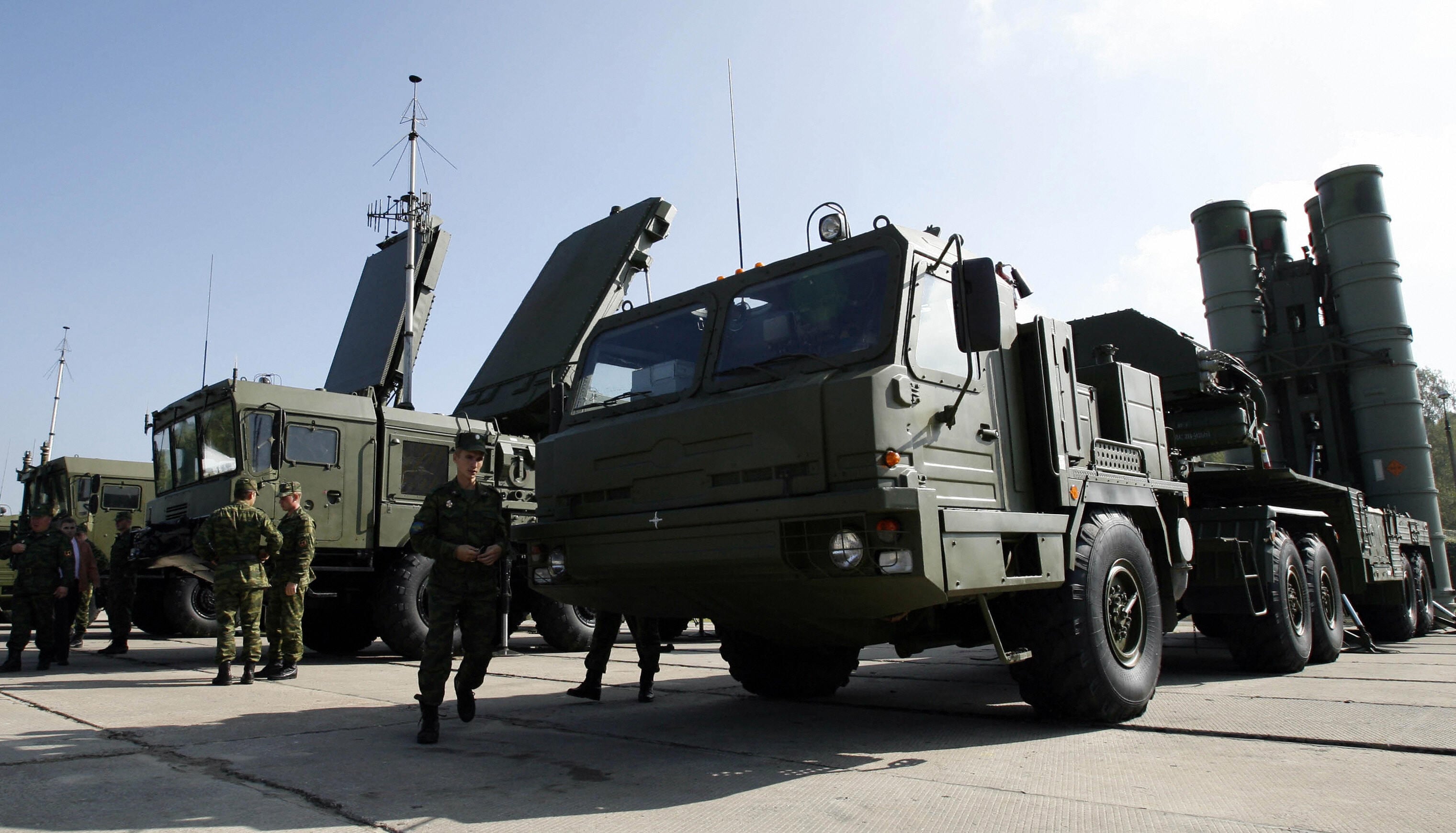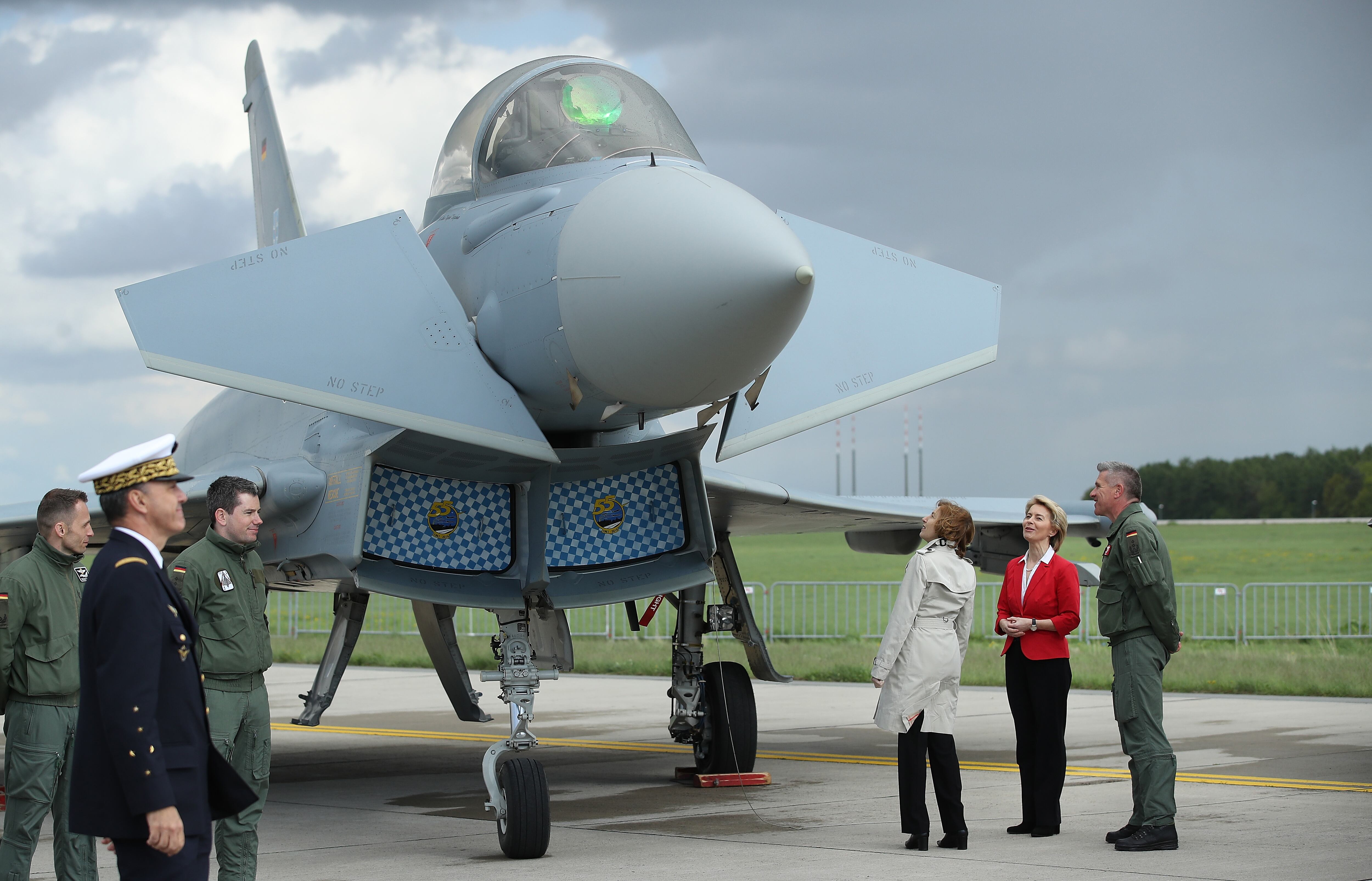BOVINGTON, England — Lockheed Martin UK is beginning a series of trials on a Warrior infantry fighting vehicle update for the British Army in hopes of swaying the Ministry of Defence to push forward with a manufacturing deal.
Key reliability growth trials are getting underway at Bovington, southern England, this month. The results, if they go to plan, will be the catalyst for production negotiations to get underway later this year between Lockheed Martin and the Defence Equipment and Support arm of the ministry.
The reliability trials are scheduled to run until July 2020 but DE&S Warrior upgrade director Marcus Bruton told Defense News during a Lockheed Martin industry supply chain briefing at Bovington on March 7 that the crucial production talks could get underway much sooner.
“What we are doing at the moment is going through the demonstration phase, we will push hard on the reliability growth trials, and as the confidence increases then we are going to enter into manufacturing negotiations this year,” said Brunton.
The long-running Warrior capability sustainment program is scheduled to address shortfalls in lethality and survivability of a vehicle that has been in service since the late 1980s.
RELATED

Addressing the gap in the maneuver capability caused by Warrior has been a priority for the Army for at least the last ten years. The vehicle is a key component of the Army’s armored infantry 2026 program.
The current vehicle is unable to fire on the move, and the aging 30mm Rarden cannon can only be loaded with three rounds at a time.
The revised Warrior infantry fighting vehicle includes a new turret, a stabilized 40 mm cannon, a fire-on-the-move capability, improved armor, digital fire control and other enhancements.
Other variants of Warrior, like the command, observation and recovery vehicles, also will be upgraded.
The demonstration and manufacturing phases of the program were approved by the Ministry of Defence in 2011 at a cost of £1.3 billion.
An in-service date (ISD) for the upgraded vehicle was set for March 2020, and the out-of-service date extended to beyond 2040.
But the program has been dogged by problems, some of them related to installing the unconventional new CT40 40 mm cannon designed by CTA International, the BAE Systems-Nexter joint venture.
RELATED

A production contract with the consortium has been signed, though, and over 250 barrels delivered for the Warrior and the tracked Ajax scout vehicle being built for the Army by General Dynamics UK. Ajax uses the same cannon in a Lockheed Martin-supplied turret.
Use of the weapon was mandated by the MOD for Warrior and Ajax, and it has also been adopted by France.
The latest assessment of the Warrior program by Stephen Lovegrove, the ministry’s permanent secretary and the department’s highest-ranking civil servant, says the Warrior is “currently forecasting a three-year delay to ISD and cost growth of approximately £227 million.”
“A further delay of at least six months is anticipated pending the results of ongoing schedule recovery activity. No commitment to manufacture has been made,” said Lovegrove in a Jan. 29 letter to the parliamentary Public Accounts Committee.
Lovegrove said delays and related cost increases result from difficulties encountered during the demonstration phase.
But the permanent secretary said in the assessment report that there is evidence the demonstration issues are “beginning to be overcome.”
Asked why it had taken so long to reach the reliability trials phase Brunton said, “Integrating 21st century technology into 1970s technology had been very challenging – that’s at the heart of the issue.”
Lee Fellows, Lockheed Martin’s Warrior program director, said concurrent qualification of the turret and the cannon had been tougher than expected.
“We have had concurrent qualification. The cannon has gone through a qualification program and that drove some changes into our work and driven some milestone dates, but we are through that now. We have a qualified the cannon that we are installing and firing so we have a production-standard weapon. We have seen an impact historically, but I don’t see those impacts extending,” he said.
RELATED

"Qualifying a cannon and a turret in a legacy hull is always going to be hard. The complexity was harder than we anticipated ... but we met all our milestones,” he added.
Lockheed Martin’s Warrior production director, Richard Claydon, confirmed it remains unclear what the size and shape of the production order will look like when it arrives.
“Quite what the production schedule is going to be in terms of quantity, variant split, and schedule is to be determined. We are working with the authority, DE&S, on that at the moment. Budget is always an issue with the MoD,” said Claydon.
“We do really need to get still a higher level of confidence in the design coming out of the reliability growth trials,” he said.
At one time the number of hulls to be updated was in the region of 380, but suppliers at the briefing said that as the British Army has shrunk and budgets got tighter that figure is now down to around 265 and maybe even lower.
Lovegrove said the Army had given up other capability enhancements to ensure the program remained affordable but that work “continues to determine the most cost and operationally effective mix and number of upgraded platforms.”
The great unknown for Warrior, as with other programs, is just what sort of MoD budget will emerge from the upcoming government spending review and the fallout for the country’s finances stemming from Brexit.
Executives at the briefing were also starting to wonder what impact a MoD strategic review expected in the fall might have on equipment procurement going forward.
Andrew Chuter is the United Kingdom correspondent for Defense News.








